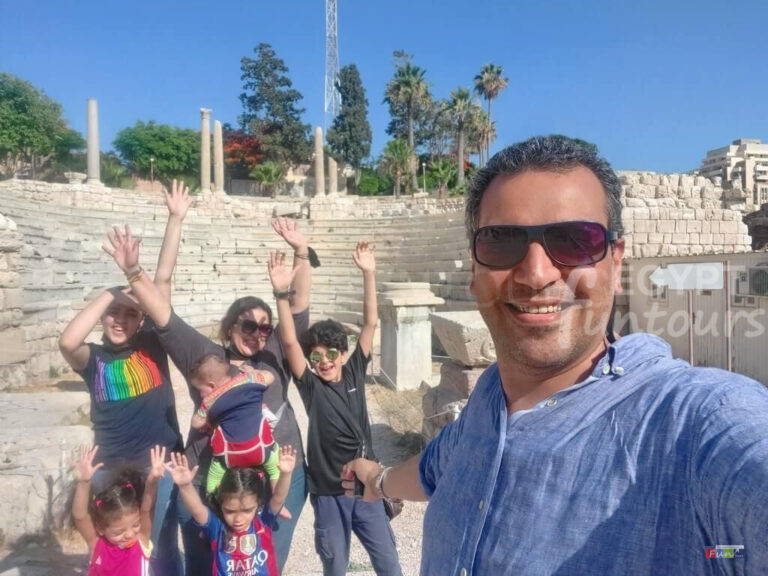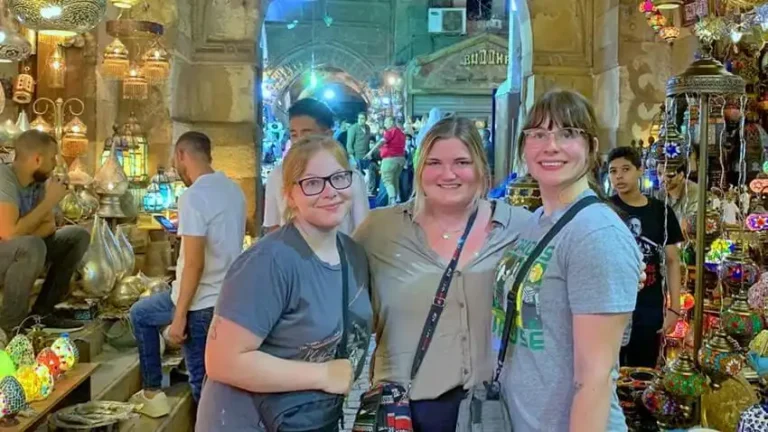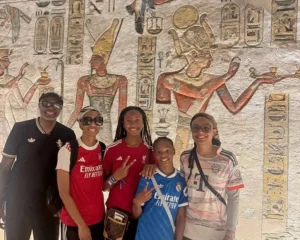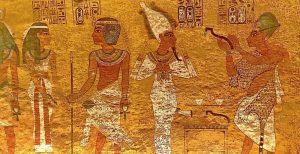Cobra Snake in Ancient Egypt
The cobra snake in ancient Egypt, particularly the Egyptian cobra (Naja haje), held significant symbolic and cultural importance. This report explores the various aspects of the cobra’s role in ancient Egyptian society, mythology, and royal iconography.
Symbolism and Mythology
1. The Uraeus and Goddess Wadjet:

The Cobra Snake in Ancient Egypt {The Uraeus,} a stylized representation of a rearing cobra with its hood flared, symbolized the goddess Wadjet, one of the earliest deities in Egyptian mythology. Wadjet, the pharaoh’s protector, was often depicted as a cobra. Pharaohs wore the Cobra Snake in Ancient Egypt, or Uraeus, on their crown or headdress, which signified protection and the pharaoh’s divine authority over Egypt.
2. Royalty and Divine Authority
The cobra was a potent emblem of sovereignty, royalty, and divine authority. Pharaohs incorporated the Uraeus into their crowns to demonstrate their power and seek protection from the goddess Wadjet. This symbol was not only a mark of their rule but also a divine endorsement of their reign.
3. Protection and Power
People believed Uraeus protected the pharaoh by spitting fire at their enemies, a manifestation of the goddess’s fiery eye. This protective aspect was crucial, especially in combat, where people often depicted the pharaoh wearing the Blue Crown adorned with the Uraeus.
4. Association with Other Deities
The cobra snake in ancient Egypt was also associated with other goddesses such as Meretseger and Renenutet. These deities, like Wadjet, were linked to protection, fertility, and the afterlife. The image of the cobra was so integral to Egyptian symbolism that it preceded the names of many goddesses in hieroglyphs.
Cultural and Practical Significance
People honored cobras for protecting crops from pests like rats and mice. They also believed cobras guided the worthy dead through the Duat (the Egyptian underworld) and protected them from danger.
2. Mummification and Amulets
Pharaohs’ fascination with cobras extended to their burial practices. Some pharaohs requested that cobras be mummified and placed in their tombs. Additionally, cobra amulets made from various materials, such as gold, faience, and lapis lazuli, were popular for their protective qualities.
3. Artistic Depictions
This snake was a common motif in Egyptian art, appearing in hieroglyphs, on furniture, clothing, accessories, and statues. The cobra image was a ubiquitous symbol of protection and royalty, often seen on the crowns of pharaohs and even on the Great Sphinx at Giza.
The cobra, particularly through the symbol of the Uraeus, played a multifaceted role in ancient Egyptian culture. It was a powerful emblem of protection, royalty, and divine authority, deeply intertwined with the mythology and daily life of the Egyptians. The reverence for the cobra is evident in the extensive use of its imagery in art, religious practices, and royal iconography, underscoring its enduring significance in ancient Egyptian civilization.
Facts about the Cobra snake in ancient Egypt

The cobra is an animal that attacks its prey by spitting poison into their eyes, which causes the victim to go blind. That is the rationale for the cobra snake’s usage as a guardian sign to keep the king safe. The Pharaoh has at least three meters of safety “in case the cobra snake is always on his forehead” thanks to the poison’s three-meter range, which prevents anybody from approaching the king’s safe area. Egypt Fun Tours fully prepares its professional tour guides to explain and tell you interesting stories from ancient Egypt.

























